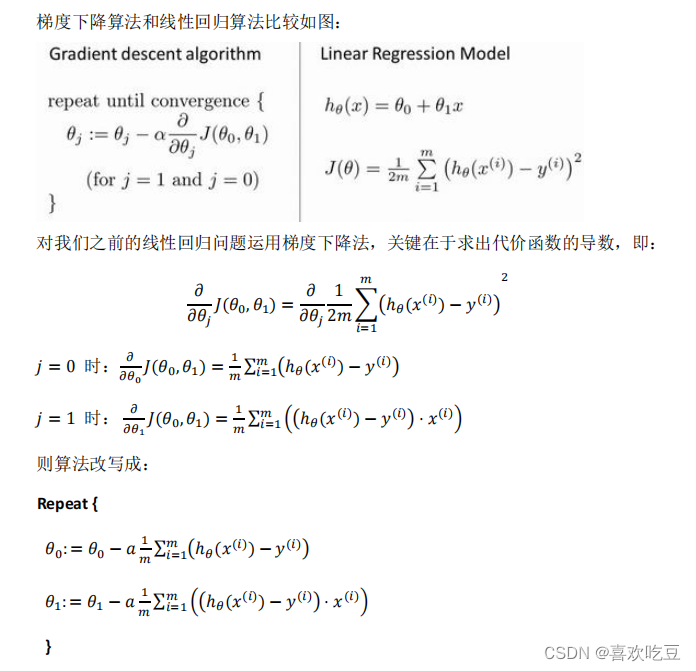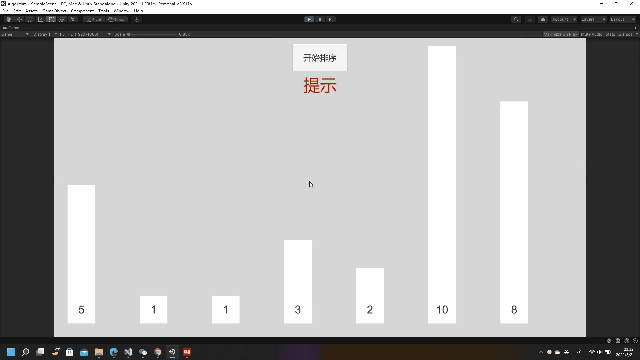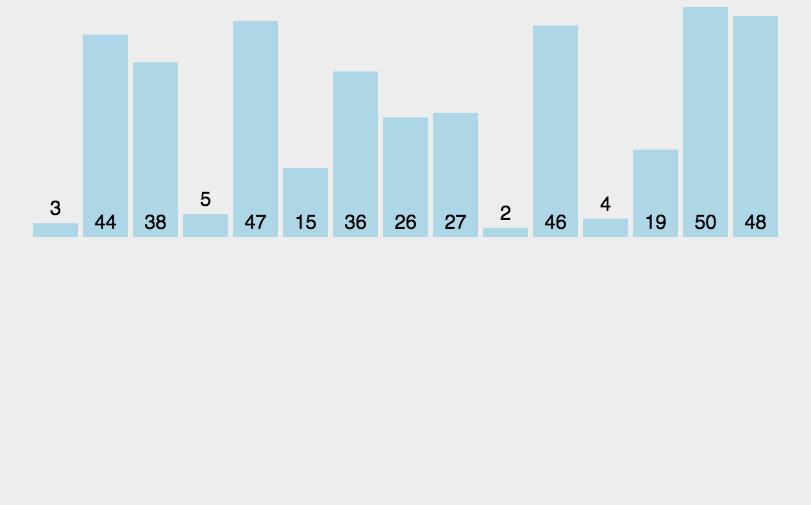一.思路
希尔排序是建立在插入排序的思想之上的,因为插入排序在应对数组接近有序的情况下,时间复杂度接近O(N),故如果对数组先进行预排序,使数组接近有序,再进行直接插入排序,能大幅度降低时间复杂度

二.实现
首先完成单组实现:
int end = 0;
int x = a[end + gap];
while (end >= 0)
{if (a[end] > x){a[end + gap] = a[end];end = end - gap;}else{break;}
}其次实现多组排序:
for (int i = 0; i < n - gap; i++)
{int end = i;int x = a[end + gap];while (end >= 0){if (a[end] > x){a[end + gap] = a[end];end = end - gap;}else{break;}}a[end + gap] = x;
}最后实现插入排序:
while (gap > 1)
{gap = gap / 3 + 1;//gap越大,预排序次数越小,当gap=1时,进行插入排序for (int i = 0; i < n - gap; i++){int end = i;int x = a[end + gap];while (end >= 0){if (a[end] > x){a[end + gap] = a[end];end = end - gap;}else{break;}}a[end + gap] = x;}
}三.结果输出
输入: 5, 8, 1, 6, 2, 6, 7, 3, 9, 4, 10
输出:![]()
四.时间复杂度
最好的情况:当该数组是有序的时候,时间复杂度为O(N)
最坏的情况:(1 + 2 + 3 +...N/gap)*gap
平均情况:N^1.3





